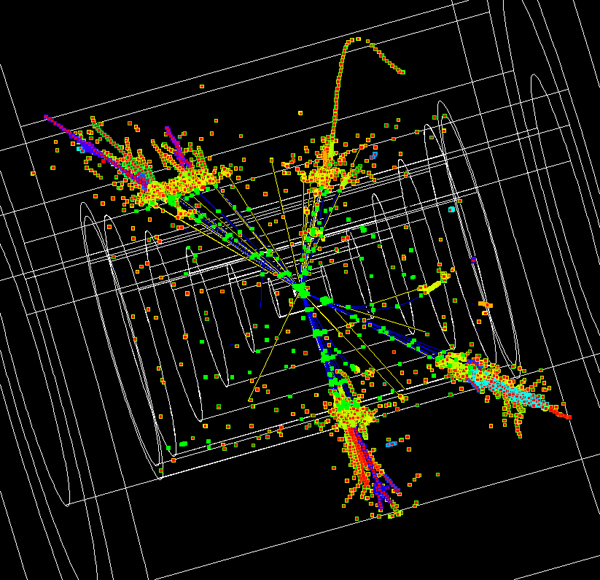The International Linear Collider will be a Higgs factory
Ars Technica » Scientific Method 2013-06-18

The Large Hadron Collider (LHC) is currently undergoing upgrades that will allow it to finally reach its intended top energy of 14TeV. When it comes back online, researchers will use it to probe the properties of the Higgs boson it discovered and to continue the search for particles beyond those described by the Standard Model. But no matter how many Higgs particles pop out of the machine, there's a limit to how much we can discover there.
That's because the hadrons it uses create messy collisions that are hard to characterize. The solution to this is to switch to leptons, a class of particles that includes the familiar electron. Leptons present their own challenges but allow for clean collisions at precise energies, allowing the machine to produce little beyond the intended particles. So now, the international physics community is putting agreements in place that will see a new lepton collider start construction before the decade is out, most likely in Japan.
Hadrons vs. leptons
Hadrons like the proton are composed of a mixture of quarks, gluons, and virtual particles. Their heavy mass makes them easy to accelerate. When fast-moving particles move around curves, some of their energy is lost as radiation; the proportion of lost energy goes down as the particle's mass goes up. So when lightweight electrons were sent through the curved tunnels that now house the LHC, the maximum energy they could reach was just over 100GeV. In contrast, protons can go through those same curves at 7TeV, meaning the collisions have hundreds of times the energy.
Read 14 remaining paragraphs | Comments